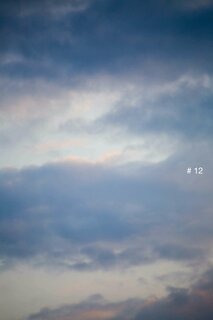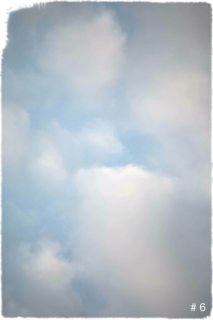
The association between premodern Kashan and ceramic production is attested in the use of terms derived from the site’s name (kāši/kāšāni, or qāši/qāšāni) as the general designation for glazed tilework in Arabic and Persian sources. Yāqut Ḥamawi (d. 626/1229) notes in Moʿjam al-boldān (written in the 1220s) that Kashan’s ceramic wares were widely exported (Yāqut, IV, p. 15; Watson, 1973-75, p. 3). The town was well situated for the development of this industry, being located near sources of some of the materials necessary for manufacturing the so-called stonepaste or fritware, a fine, hard, and light-colored ceramic body of ground silica with additions of glass frit and clay. The two major decorative techniques found on the high-status ceramics commonly associated with medieval Kashan are luster painting and the polychrome enamel decoration frequently termed mināʾi in art historical literature (although this term is not normally associated with ceramics in medieval sources). While entirely distinct, these two techniques both involve fixing overglaze painting onto previously glazed and fired stonepaste bodies through a secondary firing at a lower temperature.
Margaret S. Graves, “KASHAN v. ARCHITECTURE (1) URBAN DESIGN,” Encyclopaedia Iranica, online edition




